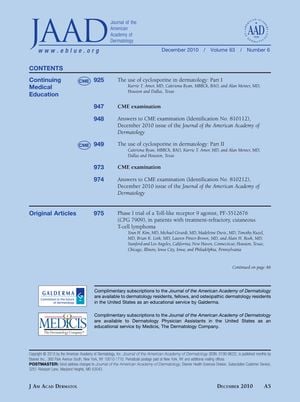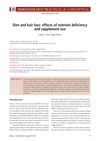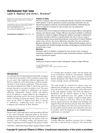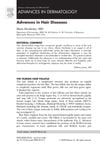Contents
November 2010
in “
Journal of The American Academy of Dermatology
”

TLDR The issue concluded that various skin conditions have different effective treatments and factors influencing them.
The December 2010 issue of the Journal of the American Academy of Dermatology featured studies on various dermatological topics, including trials on treatments for cutaneous T-cell lymphoma, psoriasis, and melasma, as well as research on iron deficiency in female pattern hair loss and chronic telogen effluvium. It also covered the use of complementary and alternative medicine in skin disease, the prevalence of left-sided skin cancers, and a benefit-risk analysis of adalimumab versus methotrexate for psoriasis. Additionally, it discussed iron deficiency and diffuse nonscarring scalp alopecia in women, and the impact of obesity on psoriasis.





